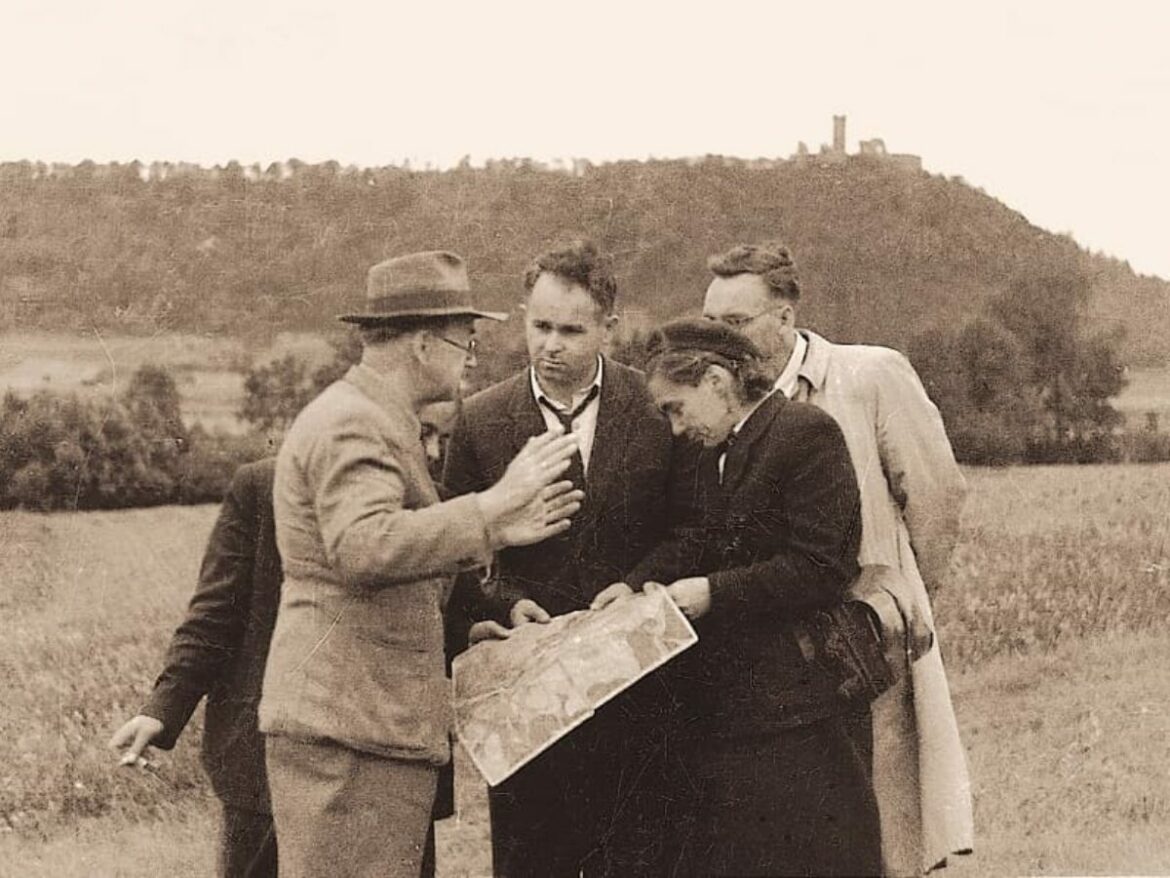On 23 March 1957, in Lower Silesia near Sieroszowice, Jan Wyżykowski discovered an ore deposit containing 1.40 % copper at a depth of 655-658 metres. This was the largest geological discovery in Poland, which changed the region and had a huge impact on the country’s economy.
Jan Wyżykowski’s discovery led to the founding of KGHM – a global company and world leader in mining. Every year, on 23 March, flowers and bouquets are laid at the commemorative obelisk in Sieroszowice. The Jan Wyżykowski Association of Friends organises a meeting of people connected with KGHM and the Copper Belt.
“After six decades of work by successive generations using the resources of the Copper Belt, we still appreciate the significance of an event that took place 66 years ago. It led to the creation of a company contributing to the development of the region and the country, and a giant on a global scale. We would like to thank the explorers and all those who have co-created and are creating the history and present of our indigenous Polish Copper”, said Tomasz Zdzikot, Chairman of the Management Board of KGHM Polska Miedź SA.
Jan Wyżykowski was born on 31 March 1917 in the village of Haczowa in the Rzeszów voivodeship. He graduated from the Kraków University of Science and Technology. He began his professional life at the bottom of the mine as a miner. He later became a desk officer at the Geological Institute in Warsaw. The search for copper deposits occupied Jan Wyżykowski for many long years. In 1985, the citizens of Lubin honoured the discoverer’s memory by erecting a monument dedicated to him.
Initially, the drilling programme developed by Jan Wyżykowski was met with many negative opinions. Opponents of exploration claimed that the work of German geologists had not confirmed the existence of deposits in the area. Drilling was continued by Wyżykowski’s team and resulted in the discovery of the first Lubin-Sieroszowice deposit and major ore seams containing 1.40% copper at a depth of 655-658m.
Adrian Andrzejewski





